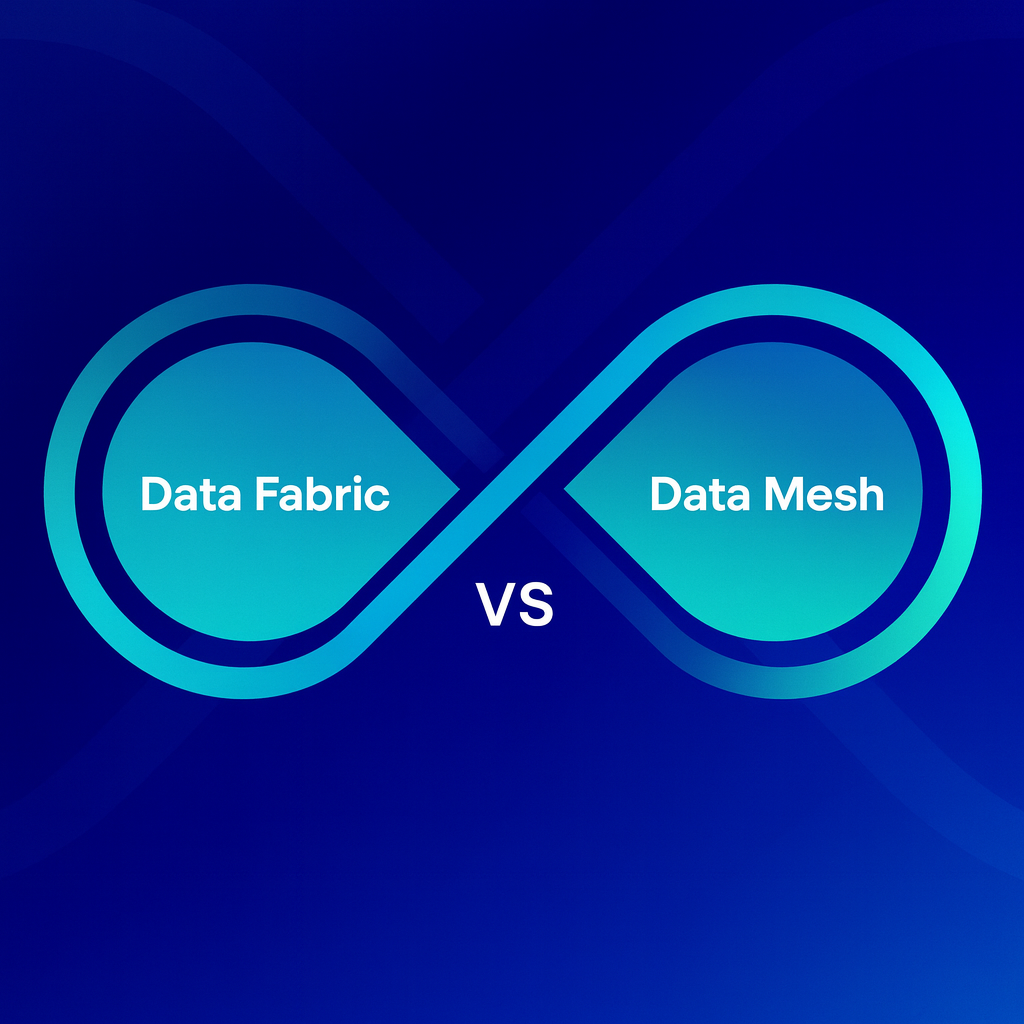Predictive Modeling for Business Advantage
- July 14, 2024
- 7 min read
Table of Contents

Image Credit: Kubern Ronin
What is Predictive Modeling?
Predictive modeling is a technique used in machine learning to make predictions based on the data collected. It uses a variety of algorithms and techniques to analyze data and build models used to predict events or outputs. The implementation of these models has become relatively effortless with many libraries in both Python and R.
By using predictive modeling, businesses can make better decisions based on evidence, rather than guesswork. Predictive modeling has become an important tool for multiple industries. Including eCommerce, SaaS, or Insurance and Banking, as it can help them better understand their data and gain insights into how it may be used in the future.
The most used predictive models:
Classification
Forecasting
Clustering
Outliers
Time series
In this article, we will look at the various models used by focusing on Classification and Forecasting, discuss what these are, what are some applications and how these can improve business metrics.
Types of Predictive Modeling
There are a number of different types of predictive modeling. Including linear regression, logistic regression, decision trees, ARIMA, exponential smoothing, support vector machines (SVMs), neural networks, and random forests.
Each type of model has its own strengths and weaknesses that should be taken into consideration when deciding which model to use for a particular task. We have split the presentation of models into two groups. Forecasting and classification.
Forecasting

Linear Regression
One of the most basic forms of predictive modeling. It predicts the relationship between two or more variables by fitting a linear equation to the data points.
Linear regression is useful for predicting the outcome of an event based on past observations. For example, it can be used to predict future sales based on past sales figures or in marketing. Such as predicting conversion rates, ad spends, funnel stages, and lead scoring.Â
ARIMA (Autoregressive Integrated Moving Average)
This technique is used to measure events that happen over a period of time. ARIMA models take into account the time series nature of data. They can be used to forecast things such as sales, inventory levels, demand, etc.
These models are particularly useful for forecasting data that has a seasonal component. While there are other predictive modeling techniques out there, ARIMA models are often considered to be one of the most accurate and reliable.
As a result, they are commonly used by businesses and organizations when trying to forecast future events.
Exponential Smoothing
A predictive modeling technique that is used to forecast future events. It is based on the assumption that recent events are more predictive of future events than distant events.
Exponential smoothing weights the most recent data more heavily than older data, which tracks short-term trends. ES can be applied to sales data, inventory levels, or production output.
Exponential smoothing is often used in conjunction with other predictive modeling techniques to produce more accurate forecasts.
Neural Networks
These are composed of interconnected which act as processors for input signals from external sources like images, audio files, etc.
NNs learn patterns from these inputs over time and make informed decisions about what actions should occur next given certain conditions (for example, turning left when approaching an intersection).
NNs can also detect anomalies in given datasets which could indicate fraudulent activities or outliers that need further investigation by humans.
Classification

Logistic regression
A type of predictive modeling that is used for classification tasks. Logistic regression works by analyzing a set of input variables and then assigning each observation to one of two categories (e.g., high risk or low risk).
Based on whether it falls above or below a certain threshold value. This can be useful for identifying fraud in credit card transactions or determining whether someone is likely to default on a loan.Â
Decision trees
Decision trees are used when there are multiple possible outcomes that need to be considered in order to make predictions about future events or behaviors.
These models work by splitting up the data into smaller subsets until all possible outcomes have been considered and evaluated.
Decision trees are particularly effective at dealing with complex datasets where there are many different factors that need to be taken into account.
Support vector machines (SVMs)
Another type of predictive model uses mathematical equations and algorithms to map out relationships between inputs and outputs in order to make predictions about future outcomes or behaviors.
SVMs are commonly used for text classification tasks such as sentiment analysis (determining whether something is positive or negative). They can also be used for image recognition tasks such as facial recognition software or object detection systems like those found in self-driving cars.Â
Random Forests
Finally, Random Forests use multiple decision trees combined together in order to create an ensemble model with greater accuracy than any single tree would possess alone.
This technique is useful when dealing with large datasets where individual errors have less impact overall due to their small proportion compared with the whole dataset.
It still need correction nonetheless due to its importance overall being part of larger picture prediction accuracy requirements needed
A Quick Example: Predicting Ad Conversion Rates with Machine Learning
In the video below, you can see an advanced machine learning model we have developed to predict ad conversion rates based on various critical variables. This predictive model utilizes sophisticated algorithms to analyze patterns and trends within data, providing accurate forecasts for marketing campaign performance. By leveraging these machine learning solutions, marketers can gain a significant edge in strategizing for campaign optimization and precise targeting.
These types of machine learning applications offer immense benefits for digital marketers, including the ability to:
- Enhance Campaign Performance: Predictive analytics allow marketers to identify which ad elements are most likely to convert, enabling better resource allocation and higher ROI.
- Improve Targeting Accuracy: Machine learning models can analyze demographic, behavioral, and contextual data to ensure ads reach the most receptive audience segments.
- Optimize Budget Allocation: By forecasting conversion rates, marketers can make informed decisions about budget distribution across various channels and campaigns.
- Increase Efficiency: Automating data analysis and prediction with machine learning saves time and reduces the potential for human error, allowing marketing teams to focus on creative and strategic tasks.
- Adapt to Market Changes: Machine learning models can quickly adjust to new data, helping marketers stay agile and responsive to evolving market conditions.
Implementing machine learning in marketing strategies not only drives better results but also fosters a data-driven approach to decision-making. Explore the video to see how predictive modeling can transform your marketing efforts and deliver measurable improvements in ad conversion rates.
In Short…
Predictive modeling has become an essential tool for businesses looking to gain insights from their data sets quickly and accurately so they can make informed decisions going forward regarding their product development needs.
There are several types of predictive models available depending on your specific task at hand. Some models focus more heavily on numerical values (like linear regression), while others focus more heavily on classification tasks (like logistic regression).
Additionally, SVMs and neural networks provide powerful tools for detecting patterns within complex datasets. Random forests allow you to combine multiple decision trees together for even greater accuracy.
Stay Ahead of the Competition with Predictive Modeling
No matter which method you choose though, predictive modeling can significantly improve your business. For all business use cases, we think these are necessary for staying ahead of the competition.
Click the button here to get in touch with ENGINE and learn how our analytics team can help move your business to the next level.
Follow Us on LinkedIn
Here’s Some Interesting FAQs for You
What are the specific industry case studies or real-world examples where predictive modeling has significantly impacted business outcomes?
Predictive modeling has had significant impacts across various industries. For instance, in retail, it helps in inventory management and customer behavior prediction, while in finance, it’s used for credit scoring and fraud detection. Each sector has unique applications that leverage predictive modeling to enhance decision-making and operational efficiency.
How do businesses address the ethical considerations and privacy concerns related to the use of predictive modeling?
Ethical considerations and privacy concerns are pivotal in predictive modeling. Businesses must adhere to legal regulations like GDPR and ensure data is used ethically. This includes being transparent about data usage, securing customer consent, and ensuring data security to maintain trust and compliance.
What are the cost and resource implications for small to medium-sized businesses wanting to implement predictive modeling?
Implementing predictive modeling in small to medium-sized businesses can be resource-intensive, but it’s becoming more accessible. Cloud-based solutions and as-a-service platforms are reducing the cost and complexity of adoption. These businesses must balance the initial investment against long-term benefits like improved decision-making and competitive advantage.
Ball Park Figures:
Set-up: $6,000 – $15,000
Maintenance: $500 – $5,000 per month




